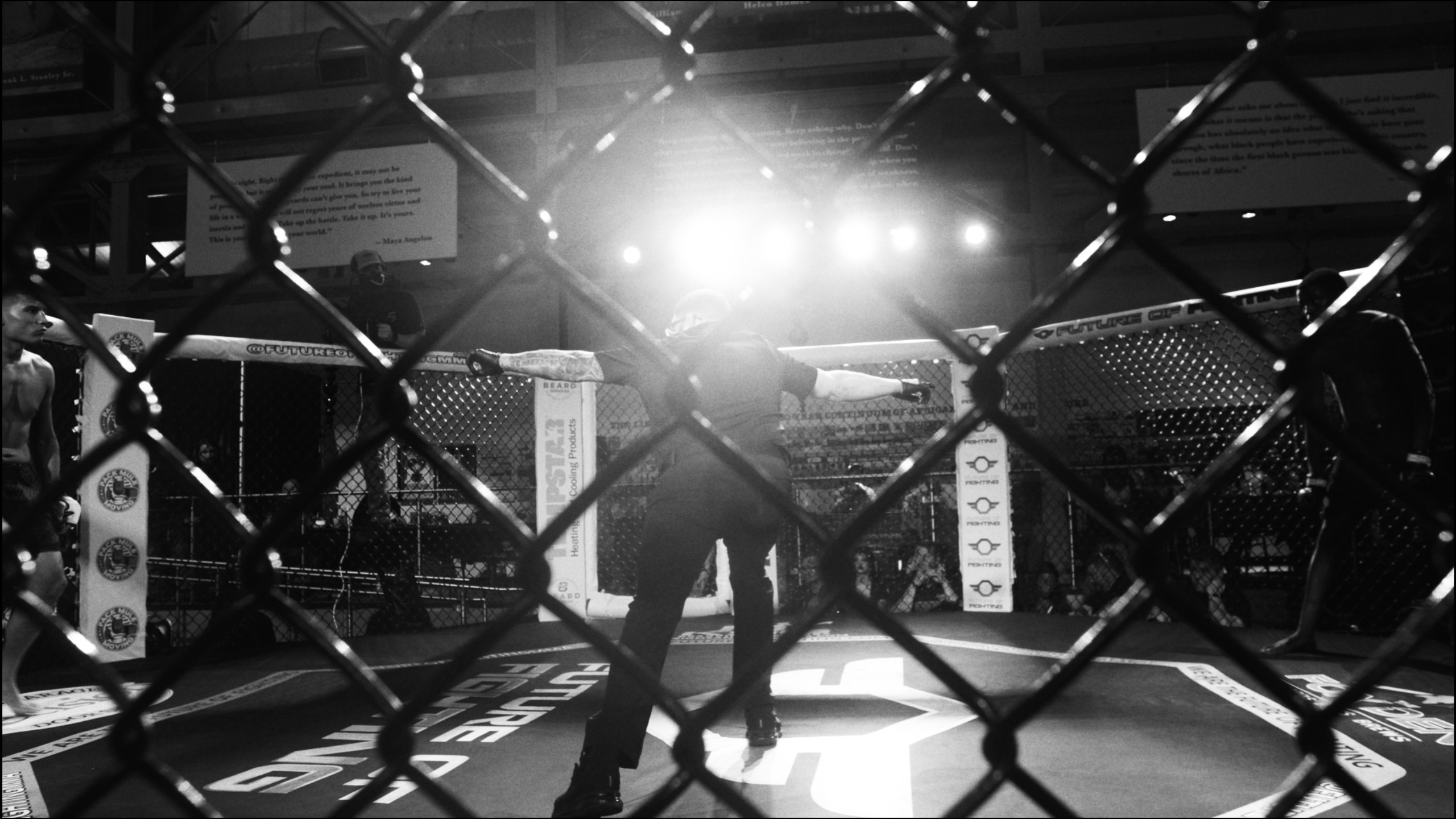Continuity

Danzer Media produces modified classical-continuity-styled content.
That sentence is what differentiates us from almost every other production house in existence. Allow me to explain what it means.
Given any potential video idea, there are an effectively infinite number of different ways to produce it, and an infinite variation of possible end products. The sheer number of choices made, options taken, and budget available to film a given idea is what really determines if the end result is “good” or not. Implementation > Idea. Any idea can be made into a great deliverable if you know how to make it right.
3:35 gives a pretty good outline of this concept, and this is just a great intro to producing in general
Given that, the question becomes simply “what’s the right way to make it”. And that changes based on a variety of factors, the main one being “who are you making it with” and what those people are good at. You play to your strengths.
But, as always, patterns emerge. In the century following Citizen Kane, two general styles of composition and editing have emerged, one after the other. In broad strokes, they describe the way every modern work of filmmaking (not a livestream, not a single shot, not CCTV footage) is created.
Classical Continuity
is what was used in the post-Citizen-Kane classical era of cinema, and is still used by many of the best directors today. It was defined in a time when production-grade film stock was extremely expensive and had to be carefully budgeted, shooting on location was expensive but still cheaper than building entire sets yourself, and greenscreens didn’t exist. These constraints forced directors and DPs to get creative with how they shot their projects.
This style tends towards wider lenses with more activity occuring in-frame, cinematic (and when it’s done well, spectacular) compositions with multiple relevant pieces of visual information, limited use of close up shots and shots with only one point of focus, and more time between cuts. Blocking is used heavily to add dynamism to scenes, with actors moving around and expressing themselves through body language in addition to facial expressions. At its peak, with directors such as Speilberg and Kubrick, shots will often resemble Rennaissance-era paintings. It looks amazing on big screens, less so on phones.
Intensified Continuity
is what is currently most common in all areas of video production today. It tends towards closer, shorter shots with a single point of focus. Closeups are used gratuitously, which allows directing and editing to be reduced to formulaic, button-pushing, checkbox-exercises. Blocking is heavily reduced or eliminated entirely–when combined with gratuitous close-ups, this limits actors to expressing themselves almost entirely by their facial expressions, often completely curb-stomping their range. Certain types of scenes, such as simple two-person conversations, are quite literally AI–no not even–programmatically editable, completely devoid of any kind of style or choice that one could call “art”, no intelligence required.
It’s kind of like the curse of CGI: now that making computer generated effects is so easy (read: cheap), nobody cares about making them good. Now that cinema cameras are cheap, green-screens are ever-present, half-baked sets are easy to shoot in as long as you keep the background out of focus, and footage is stored on hard drives instead of reels, producers no longer want to put in the work to make the frame beautiful, and most directors today don’t even know how things used to be. Intensified continuity is here to stay. But, as a plus, it looks better on phones, cause you don’t have to squint to see everything that’s happening.
So What Are We?
Danzer Media started out as a documentary production house, with a focus on sports and other fast-moving events. With the constraint that certain key moments would only ever happen once, and being unable to control or predict when those moments would occur, a style very similar to classical continuity developed naturally. Wider lenses meant we caught more of the action, and focusing on good composition meant that even when that action was unexpected, it was often still aesthetically pleasing within the context of the shot.
We leaned into that style, fell in love with it, and aren’t planning on looking back any time soon. You can see its effects in all of our projects. It does limit us in some key ways, but it also gives us massive advantages in others, in particular in terms of showing narrative progression and complex emotion. If you need a story told, or you need people to feel something more than just a raw dopamine hit or jumpscare-induced fear, we’re your guys.
The video below goes into greater detail. Moviewise is a great channel, subscribe to him.
Credit also goes to David Bordwell, the film critic who actually came up with all of this.